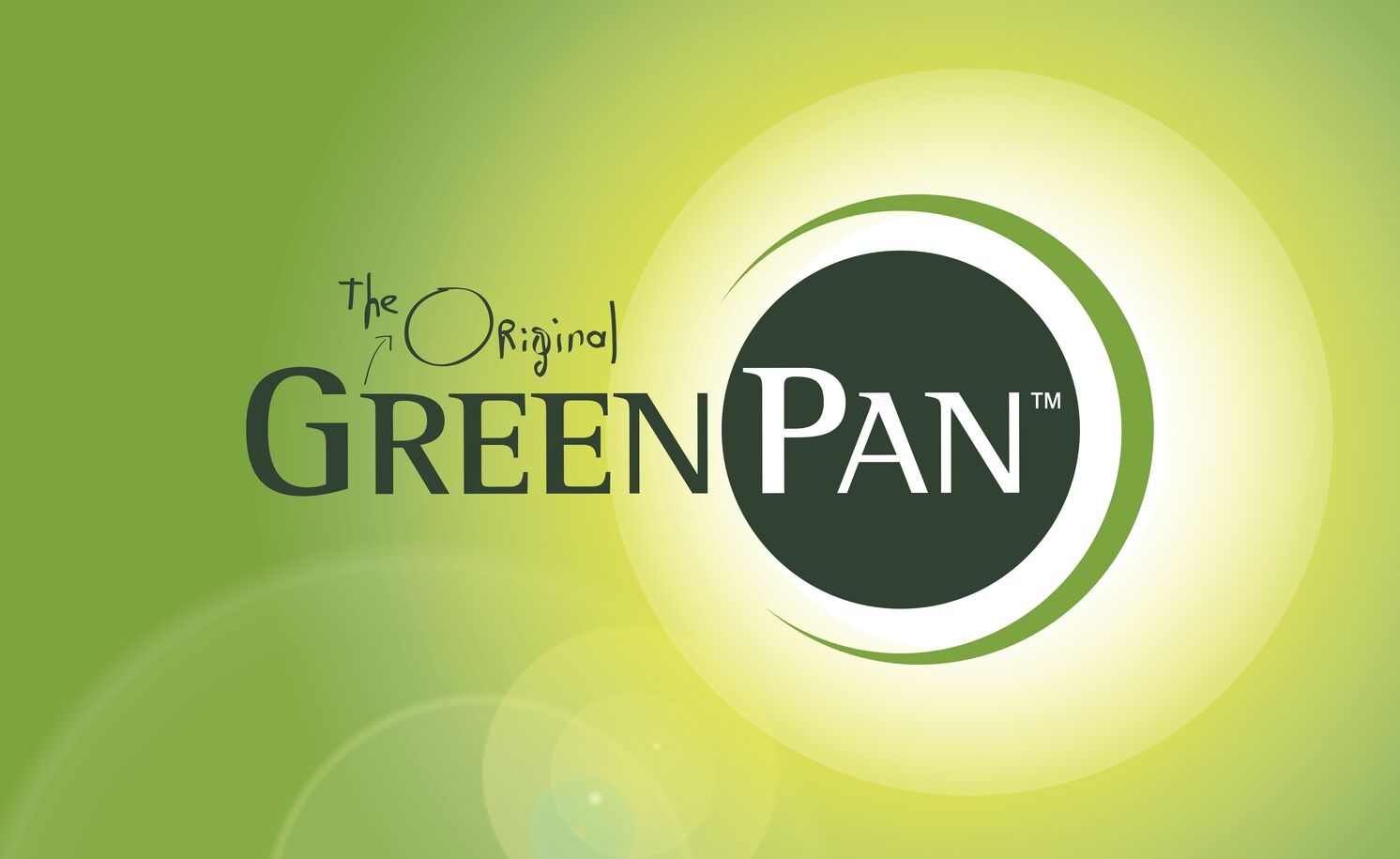Stay alert for alarm signs

Some women are convinced that they are at high risk for breast cancer because their mother or aunt was affected by the disease. This is incorrect. If a family member has breast cancer, your deductible is somewhat higher, but not to an alarming degree. Unless there is hereditary breast cancer, which is usually not the case. Conversely, there are women who think they themselves are not at risk for breast cancer because it does not run in their family. They are already completely wrong, because in seven out of 10 women with breast cancer, the disease does not run in the family.
Therefore, we should all be alert for possible alarm signs that may indicate breast cancer. In more than half the cases, but not always, that is the discovery of a hard lump in a breast. The signal whose potential severity we all know well. Such a suspicious lump is by no means the only alarm signal. A budding breast cancer can also manifest itself in other ways, with a lump on the breast or under the armpit, for example.
Other alarm signs include a pit in your breast, a distorted breast, a retracted nipple, fluid loss from the nipple, uneven, scaly skin or redness of part of the breast. In all, there are nine warning signs that may indicate breast cancer. Year after year, the non-profit organization Pink Ribbon, thanks to all National Lottery players, highlights these alarm signs.
Continue reading

Mammoquiz

Screening reduces breast cancer mortality in Belgium













.png)
















